Photos: Australian industry comes together to explore IoT opportunities
Part one of our photo summary of the key issues, speakers and organisations featured at the IoT Impact conference in Melbourne in June.
on Jun 27 2022 12:56AM
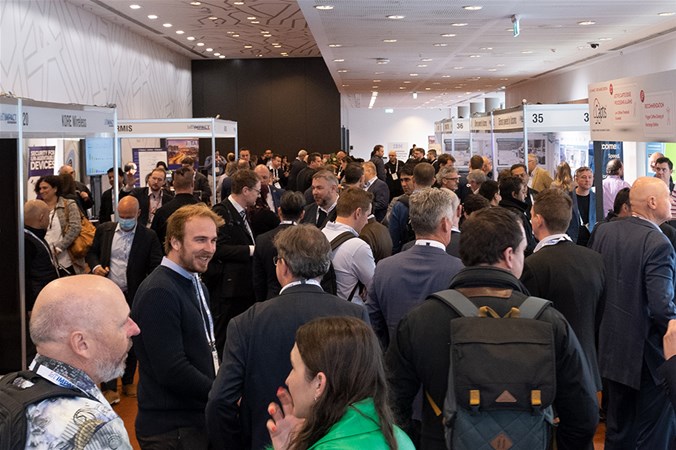

Australian industry and government has access to a rapidly growing wealth of Internet of Things (IoT) data, which could be a game changer for productivity, resilience and sustainability.
With this in mind, attendees converged on the 2022 IoT Impact conference at the Melbourne Convention Centre on June 9 to share how they are harnessing the growing wealth of Internet of Things (IoT) data to improve productivity, resilience and sustainability.
The event gave attendees a chance to step outside their industry bubbles and learn how others are navigating the shift to a more technologically connected economy and society.
They heard from speakers working in the domains of health, energy, water, manufacturing, agricultural, government, ethics, telecommunications, construction, infrastructure, research and cybersecurity, technology and consumer rights.
Sustainability was among the key issues discussed - speakers laid out the need for better data about everything from energy and water usage to carbon emissions, and progress on these fronts.
Key issues also ranged from cyber security to hospitals at home, supply chain traceability and the ethical issues looming as IoT usage increases.
The event sponsors included 365mesh powered by Outcomex, IBM, Inauro, ASUS, KPMG, Nokia, Meshed, Iota, ASUS, CSIRO, Armis, KORE, NNNCo, Optus, Extranet Systems, Enex Testlab, mIoT, Milesight, iottag, intechnology, Taoglas, Rohde & Schwarz and Würth Elektronik.
Click the right arrow on the photo to see some of the key speakers.


Chair of Breakthrough Victoria, John Brumby AO, laid out how the body's $2 billion fund and "patient investment" approach aims to help tackle Australia's poor ranking in terms of high growth enterprises and commercialisation of innovation.
The former Victorian Premier and Chancellor of La Trobe University talked about the opportunity to use IoT to help tackle agricultural, health and climate challenges, among others.
"Australia hasn't yet fully grasped the potential of IoT", Mr Brumby noted. He touched on how the Breakthrough Victoria fund, which is backed by the Victorian Government, will invest $2 billion over the next 10 years in key sectors.
Several of these investment areas lie squarely in the scope of IoT start-ups - in such domains of healthcare, advanced manufacturing, agri-food and renewable energy.
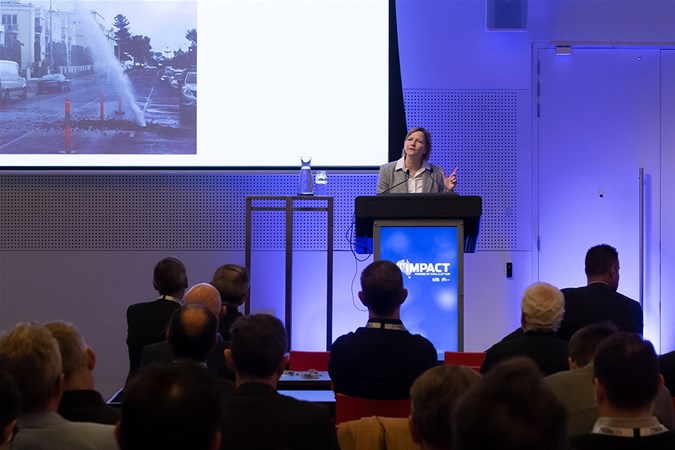

"Water’s always been precious, but we now need to monitor and measure and track water in completely different way than we have before," pointed out Lara Olsen, Managing Director of South East Water at the IoT Impact conference on June 9.
Olsen oversees provision of water services to 1.9 million customers in the South East of Melbourne. Late last year, the organisation announced it was nearing the installation of 30,000 IoT-enabled digital meters, which it described at the time as one of the largest digital meter rollouts in Australia.
At IoT Impact, Olsen spoke about the volatility being seen in water systems and opportunities to combine data from IoT and other sources to deal with it.
She also laid out South East Water's success at this so far, and aspects of IoT she is particularly excited about, such as over-the-air firmware updates and IoT-enabled predictive maintenance.
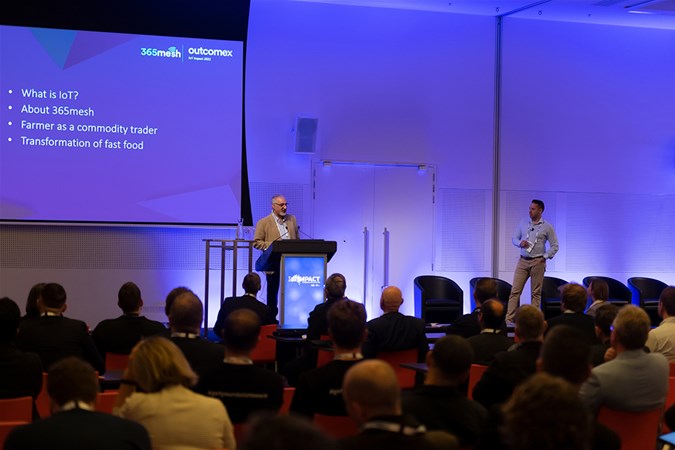

Outcomex, the company behind the 365mesh IoT platform, took to the IoT Impact conference stage in June to share the unexcepted outcomes it has seen from six years developing end-to-end IoT solutions.
The company’s managing director Michael van Zoggel spoke about a large fast-food chain which deployed IoT sensors in fridges and other equipment in two stores in an effort to work out why operating costs in each store was different. The success of that deployment in optimising power usage and reduced food waste led to the scope of the deployment widening to include appliances throughout the stores – enabling the company to optimise equipment usage.
Outcomex Account Executive Shervin Fathinia spoke about how deployment of GPS devices to track cows led to work combining cows’ weight, eating patterns, water, feed, soil and weather to enable farmers to become what he called “commodity traders” – using data to inform their decisions about what to sow when to sow and when to buy hay.
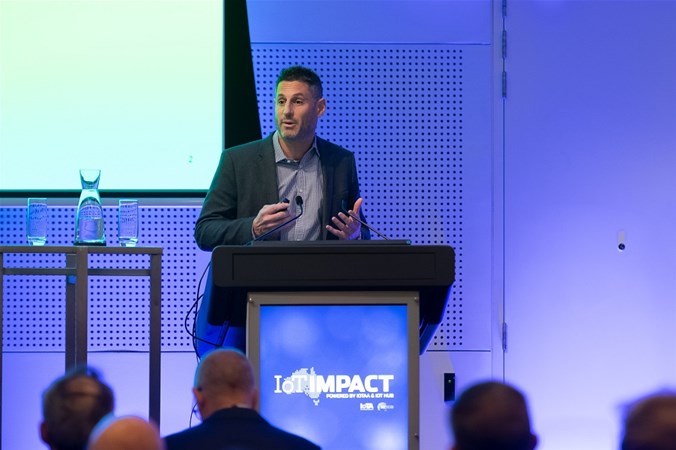

"This is now very real and it’s becoming a financial risk," said David Solsky, VP, Sustainability Solutions, IBM, in a call to action for Australian organisations to consider their net zero playbook.
Solsky said he saw business mindsets moving beyond compliance with sustainability and ESG requirements. "It’s now about performance, it’s about driving the bottom line, it’s about driving investor value," he commented.
Organisations will need to measure their existing carbon footprint and improve operational efficiency - including the operation of everything from commercial office buildings and retail chains to waste water treatment plants. "We will start to look at how we change the nature of those assets, and tech will play a big part in that," he said.
But the data needed to measure and optimise is not generally at business leaders’ and operational teams’ fingertips.
Solsky and others at IoT Impact, including IoT Alliance Australia members, see IoT helping to provide that data.
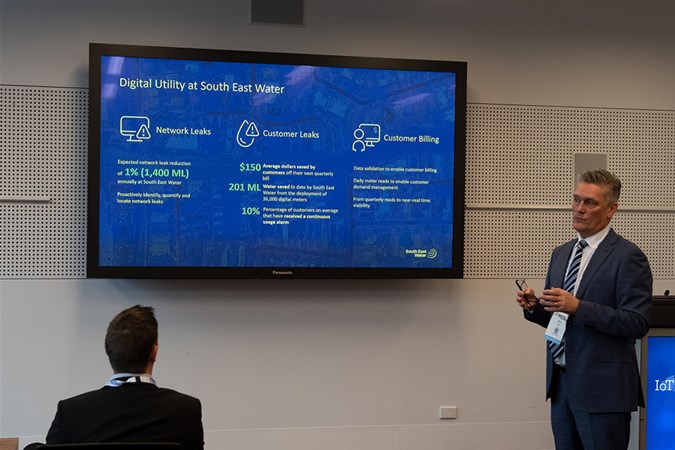

With smarter meter rollouts continuing, South East Water subsidiary and technology provider Iota is urging councils and utilities to take the opportunity to embed additional technology into meters - a step it sees paying dividends for these organisations and their customers.
At an Iota-sponsored breakfast about the future of water management at the IoT Impact conference, Iota’s David Mason and colleagues laid out the success they were seeing from this approach, including from the rolling out smart meters with vibration sensors to optimise network detection.
Role digital management is playing at South West Water in better managing critical water challenges involving aging assets and non-revenue water loss, predicted water deficits as populations grow and customer expectations about bill shock.
The conversation ranged from technology to lack of use of water data owned by councils, behind the main meter sub-metering, and change management required within councils to fully harness digital technology in councils to take advantage of digital technology.


Catherine Caruana-McManus, Co-Founder and Director of Sales and Strategy at Australian-based LoRaWAN IoT integration company Meshed speaks at an IoT Impact panel session about embedding IoT in infrastructure and construction.
Inauro Co-Founder and Co-CEO Angus Kennard kicked off the session by speaking about the scope he sees for digitisation in a very manual and paper-strewn construction sector, and the point cases being deployed now.
Scale and scope is limited by interoperability concerns and lack of trust in new players, the audience heard. Another problem is decisions being left to project managers after the design phase. It was suggested that digital should be embedded in plans earlier, possibly via procurement guidelines.


Telstra Energy's Ben Burge called for more optimisation of energy consumption, rather than an infrastructure-centric approach to solving Australia's energy challenges - and the need for policy and strategy to make this possible.
"The mindset of people that control these [energy] asset decisions is critical. We are seeing that [mindset] shift," Burge said.
Telstra has opened registrations for its new Telstra Energy business, which will be retailing electricity and gas. The company aims to enable renewable energy generation equivalent to 100 percent of its consumption by 2025, and has deployed energy storage technology and used machine learning to change the way it uses energy.
The technologies to optimise energy consumption, which include Internet of Things (IoT) systems, "are just not being applied," said Ian McLeod, Vice Chair of the IoT Alliance Australia Energy Workstream, in the same session at the IoT Impact conference.
Also speaking at the conference, Jonathan Jutsen, CEO of the RACE for 2030 CRC noted a lack of focus on the consumption challenge. "There’s been gross under-investment in this area. As a result I think we’re going to see gross overinvestment in distribution assets and consumer will end up paying for it…if we don’t get a focus on the end user side," he said.
Jacqueline Crawshaw, Director Policy, Energy Services and Markets at Energy Consumers Australia, raised the importance of an automated energy future that doesn’t take away consumers’ sense of control. Better understanding of consumers' energy usage behaviours is needed. So is the public's trust.
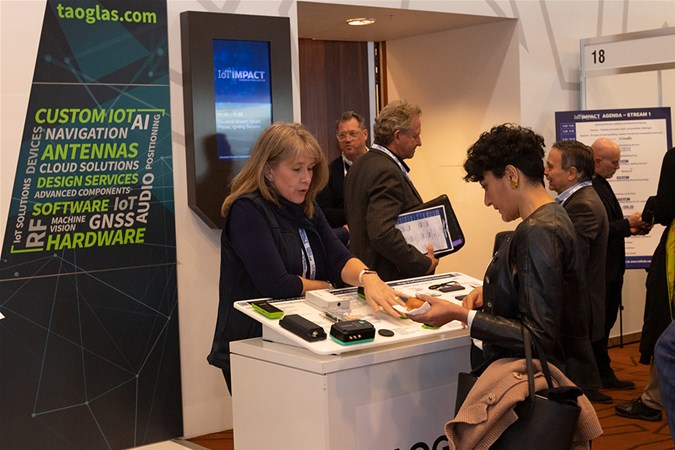

IoT Impact sponsor Tagloas showed off high performance antennas and other products and solutions deployed around the world for myriad IoT applications in cities, health, waste and other domains.
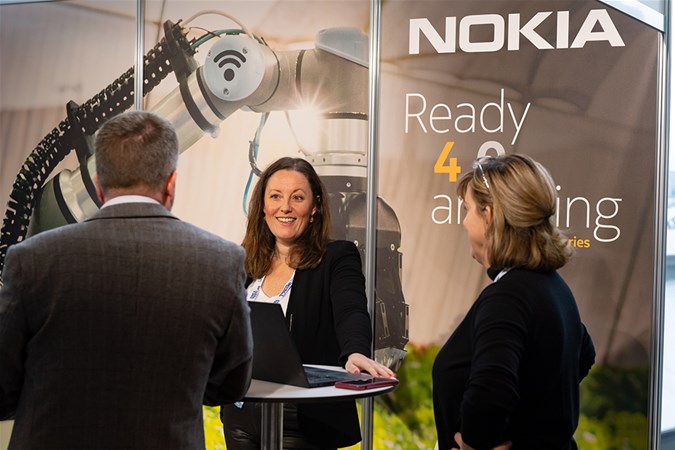

Nokia has positioned itself as the enabler of "purpose-designed networks built for Industry 4.0 digitalisation and beyond". Its interests span from 5G monetisation for Communication Service Providers (CSPs), to how CSPs can use mobile and digital technologies in support of industry decarbonisation, and telecomunication network openess.
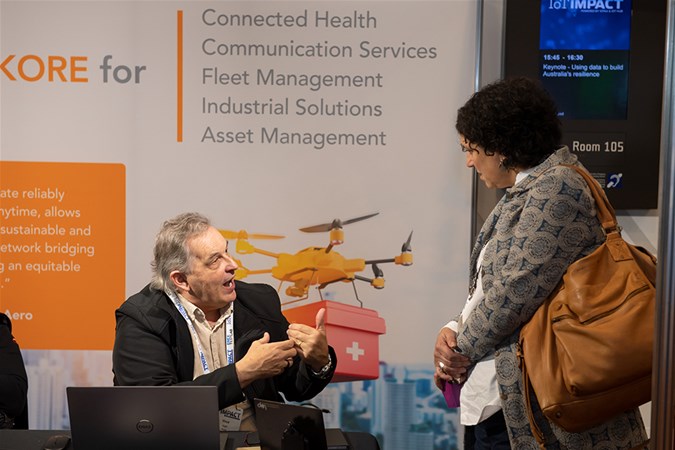

KORE is making inroads in Australia with its eSIM offering, OmniSIM. It is part of the company's Multi-IMSI ‘Omni Reach’ platform, which supports more than 600 mobile network carrier profiles in 215 countries. KORE also offers its Omni Rush service to customers who require higher data usage plans.
Users of eSIMs include Melbourne’s Swoop Aero, which uses drones to deliver medicine to remote, disadvantaged communities. Eric Peck, the CEO, says that eSIMs gives the organisation “The ability to communicate reliably anywhere in the world, anytime… [they allow] Swoop Aero to deploy a sustainable and scalable drone logistics network bridging the last-mile and enabling an equitable health access to anyone from Scotland to Malawi.”


Optus has prioritised IoT security through its IoTFlex platform, which it pitches as a secure, 5G-enabled network product that acts like a VPN. It is designed to provide enterpises with "visibility and control" when managing "IoT devices, applications and data, and ensures their security on the Optus network". Zeller, a cloud payments provider relies on IoTFlex to ensure payment security.


The use of IoT to safely and reliably monitor remote assets has increased during the pandemic, reports LoRaWAN specialist Meshed. It also reports the scale of those projects has increased. Since 2016, Meshed has been deploying large scale public and private LoRaWANs across all major Australian population centres. But in the last 12 months, it found a significant shift from Proof of Concepts and trials to the scaling-up of mission critical use cases.
Case in point: The University of Melbourne rolled out more than 1,100 LoRaWAN-connected Elsys CO2 sensors to monitor carbon dioxide, temperature and humidity across 900 teaching spaces and lecture theatres. The sensors connect to LoRaWAN networks the university worked with Meshed to establish in 2019.
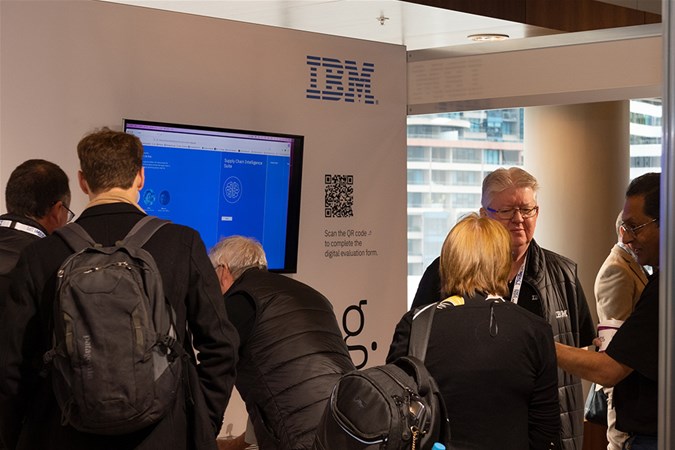

At IoT Impact, IBM discussed the use of IoT and blockchain to improve supply chain transparency and traceability, including in the food supply chain.
IBM's Food Trust blockchain solution aims to address a range of supply chain issues, from efficiency to product recalls, transparency about sustainabilty and freshness of produce, and reducing waste and food fraud.
Australian users include Antonello Produce, which used an IBM Food Trust pilot to establish up to date supply chain information about produce, reducing trace times from weeks to seconds.
The use of IoT to safely and reliably monitor remote assets has increased during the pandemic, reports LoRaWAN specialist Meshed. It also reports the scale of those projects has increased. Since 2016, Meshed has been deploying large scale public and private LoRaWANs across all major Australian population centres. But in the last 12 months, it found a significant shift from Proof of Concepts and trials to the scaling-up of mission critical use cases.
Case in point: The University of Melbourne rolled out more than 1,100 LoRaWAN-connected Elsys CO2 sensors to monitor carbon dioxide, temperature and humidity across 900 teaching spaces and lecture theatres. The sensors connect to LoRaWAN networks the university worked with Meshed to establish in 2019.


